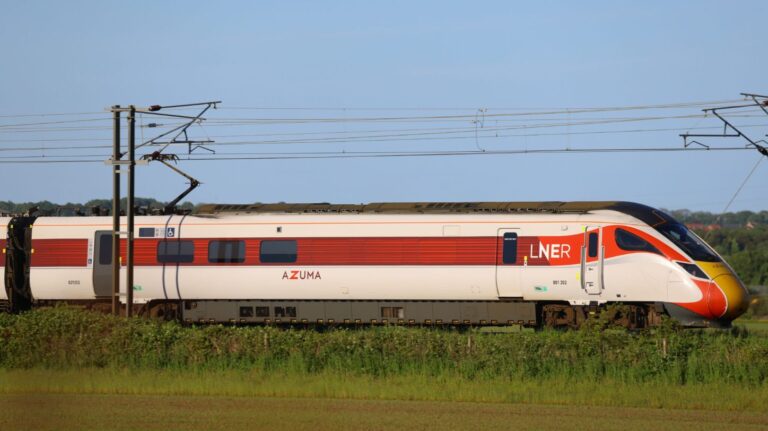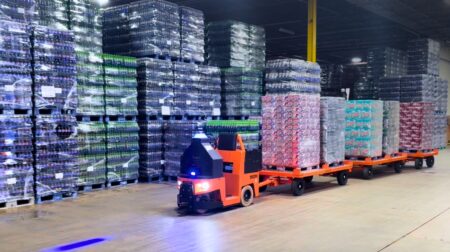Network Rail and Hitachi Rail have initiated a 12-month pilot project on the East Coast Main Line, which will see automated monitoring technology being deployed to detect potential hazards.
The project focuses on identifying risks such as overhanging trees, fallen leaves, and subsidence, which can disrupt railway operations.
Front-Facing CCTV (FFCCTV) will be used for digital monitoring, and integrated with advanced AI from CrossTech, Hitachi Rail’s digital supplier.
The technology is installed in LNER Azuma trains, also manufactured by Hitachi Rail.
Real-time monitoring is set to provide crucial data on hazards like invasive tree species, leaves on the track or embankment subsidence.
Network Rail has highlighted the financial significance of this initiative, noting that vegetation-related incidents can cost up to £3m annually in the Southern region alone.
Johanna Priestley, route engineer at Network Rail, said: “Using forward-facing footage allows us to ‘see’ from the driver’s perspective, understand where vegetation is encroaching on the operational railway, and identify where it has compromised the driver’s view.”
The FFCCTV cameras, installed inside the driver’s cabin of operational LNER Azuma trains, are equipped with the latest AI sensor technology to digitise infrastructure monitoring and maintenance.
By automating hazard detection and identifying required maintenance tasks, the project aims to adopt a proactive approach to infrastructure upkeep.
This trial will also provide insights into how to optimise maintenance schedules and locations along the route using automation.
Linda Wain, engineering director at LNER, added: “We are delighted to work with our industry partners on this digital trial, which will provide real-time information and updates on infrastructure, helping to highlight any potential issues.”
This initiative represents a step forward in leveraging technology to enhance railway safety and reliability, according to the project partners.









